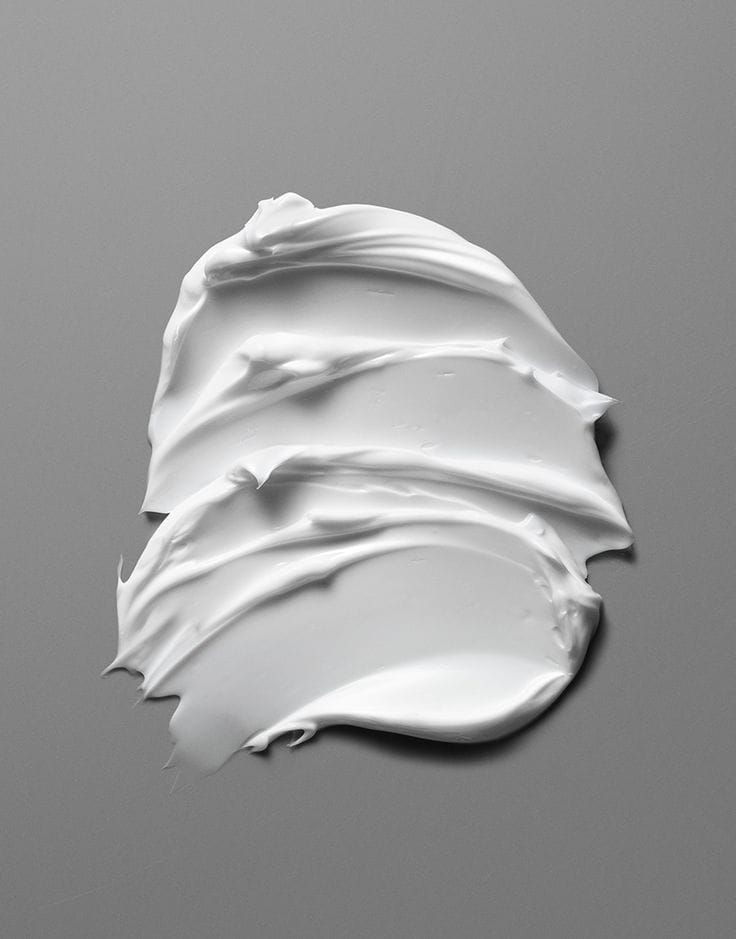The beauty industry is a multifaceted sector enriched with a wide array of raw materials that play a pivotal role in the creation of safe, effective, and high-quality cosmetic and skincare products. These raw materials encompass an extensive range of substances such as natural oils, butter, waxes, emollients, surfactants, antioxidants, pigments and dyes, fragrances and essential oils, botanical extracts, and exfoliants. They serve diverse functions including moisturising, thickening, cleansing, protecting, scenting, and treating various skin conditions, catering to the diverse needs and preferences of consumers.
Global Sources of Raw Materials
Global sources for these raw materials are of immense importance to the beauty industry. Key raw materials like natural oils, kinds of butter, and botanical extracts are sourced from diverse regions including Africa, Asia, Europe, and the Americas. The availability and quality of these materials depend on factors such as climate, soil conditions, sustainability practices, and extraction techniques employed in different regions.

Supply Chain Impact
The sourcing of raw materials significantly affects the supply chain in the beauty industry. It influences quality control, cost management, supplier reliability, ethical sourcing practices, regulatory compliance, sustainability initiatives, innovation, and transportation logistics.
High-grade raw materials are essential for product quality, influencing supplier relationships and quality assurance processes. Fluctuating material costs greatly impact production costs and pricing strategies. The dependence on reliable suppliers is crucial for production schedules and inventory management.
Meeting the demand for ethically sourced materials requires transparency and certification of fair labour with environmentally friendly practices. Adhering to local and international regulations complicates procurement processes and a rising demand for sustainable practices forces strategic changes in sourcing policies.
R&D investment for new, sustainable materials leads to shifts in the supply chain and supplier relationships. Furthermore, global sourcing necessitates reliable transportation and logistics amidst potential disruptions in the supply chain.
Economic Challenges in Raw Material Procurement
Economic challenges associated with raw material procurement in the beauty industry include fluctuating costs due to factors like scarcity and increased demand, competition for resources leading to cost escalation, exchange rate variability for international trade, and regulatory compliance costs. Additionally, increased consumer demand for sustainability and ethical sourcing has created economic pressures, with companies needing to invest in more expensive alternatives and sustainable practices to align with consumer demands.
Environmental Challenges in Raw Material Procurement
The environmental challenges associated with raw material procurement in the beauty industry are varied and significant. They include biodiversity loss, resource depletion, pollution, climate change, water use and contamination, the environmental impact of farming practices, and the impact on indigenous communities also pose major challenges for the industry. The extraction and processing of raw materials can lead to habitat destruction, resource exhaustion, pollution of air, and contribute to greenhouse gas emissions. The beauty industry is increasingly focused on sustainable sourcing, ethical trade, biodiversity conservation, and reducing its overall environmental footprint in response to these challenges.
Conclusion
In conclusion, the business of the beauty industry is intrinsically linked to the sourcing of raw materials. The selection and sourcing of these materials govern not only product quality and effectiveness but also have far-reaching implications on the industry's supply chain, economic dynamics, and environmental sustainability. The industry's response to these challenges will likely shape the future landscape of the beauty sector, as it strives to meet consumer demands, navigate sourcing complexities, and embrace sustainable practices.
****************
This comprehensive understanding of the impact of raw material sourcing on the business operations of the beauty industry sheds light on the critical interplay between raw materials, supply chain dynamics, and economic and environmental challenges. The industry's resilience and proactive initiatives in addressing these challenges are crucial for a sustainable and responsible business landscape that aligns with the evolving needs of consumers and global environmental priorities.
For more understanding of the intertwining relationship between raw material sourcing and the beauty industry, readers are encouraged to delve further into specialised sources such as VedaOils and eWorldTrade.
By embracing ethical and sustainable sourcing practices, the beauty industry can pave the way for a more resilient, responsible, and environmentally conscious future, ultimately aligning with the ethos of "Help People Get Smart Faster" spearheaded by visionary companies in the industry.
This article is intended to provide an in-depth understanding of the role of raw material sourcing in shaping the beauty industry's business landscape, serving as a valuable resource for readers keen on delving deeper into the complexities of this dynamic sector.
Featured also in Industry Publication The Beauty Reports Vol 24

